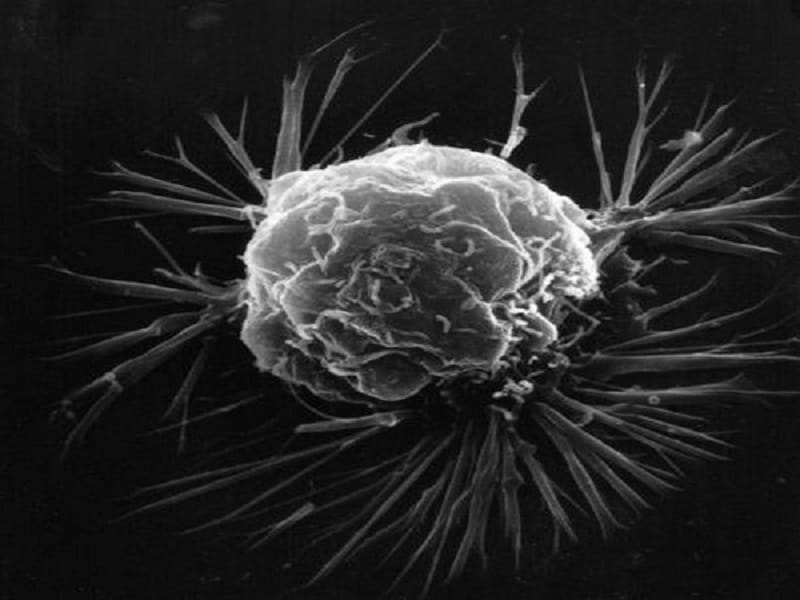United Nations: A recent report from the World Health Organization has revealed chilling details on Indian citizen’s health concerns.
In the year 2018, India had an estimated 1.16 million new cancer cases according to WHO’s Cancer report which cautioned one in 10 Indians will develop cancer in their lifetime.
One in every 15 cases will die of the disease the report had stated.
Ahead of World Cancer Day on Tuesday, the WHO and its specialized International Agency for Research on Cancer (IARC) had released two reports.
One report was aimed at setting the global agenda on the disease while the other focused on research and prevention.
According to the cancer report, in the estimated cancer cases in India in 2018, about 1.16 million new cancer cases were reported while 784,800 deaths due to cancer were reported.
The report said that “one in 10 Indians will develop cancer during their lifetime, and one in 15 Indians will die of cancer.”
The six most common cancer types in India were breast cancer (162,500 cases), oral cancer (120,000 cases), cervical cancer (97,000 cases), lung cancer (68,000 cases), stomach cancer (57,000 cases), and colorectal cancer (57,000) which account for 49 per cent of all new cancer cases.
Of the 570,000 new cancer cases in men, oral cancer (92,000), lung cancer (49,000), stomach cancer (39,000), colorectal cancer (37,000), and oesophageal cancer (34,000) account for 45 per cent of cases.
The Cancer report shed light on 587,000 new cancer cases in women which had breast cancer (162,500), cervical cancer (97,000), ovarian cancer (36,000), oral cancer (28,000), and colorectal cancer (20,000) these account for 60 per cent of cases.
“Cancer patterns in India are dominated by a high burden of tobacco-related head and neck cancers, particularly oral cancer, in men and of cervical cancer in women; both of these cancer types are associated with lower socioeconomic status,” the report said.
Sedentary lifestyle, overweight, obesity, lower levels of physical activity are the few causes behind the developing cancer cases.
“During the past two decades, India has had one of the world’s best performing and most stable economies, which has grown by more than 7 per cent annually in most years.
“This economic development has given rise to vast socioeconomic changes, with an increasing risk of noncommunicable diseases, including cancer, and significant disparities in access to cancer prevention and control services,” the report said.
As mentioned before, WHO had warned that global cancer rates could rise by 60 per cent over the next 20 years unless cancer care is ramped up in low and middle-income countries.
“At least 7 million lives could be saved over the next decade, by identifying the most appropriate science for each country situation, by basing strong cancer responses on universal health coverage, and by mobilizing different stakeholders to work together,” WHO Director-General Tedros Adhanom Ghebreyesus said.
The report mentioned 64 per cent of the world’s daily smokers live in only 10 countries and more than 50 per cent of the world’s male smokers live in three countries: China, India, and Indonesia.
“There is a clear increasing trend in the incidence rates of breast cancer across the country, with an annual percentage increase that ranges from 1.4 per cent to 2.8 per cent and is more pronounced in urban areas than in rural areas.
Incidence rates are also increasing for cancer types associated with overweight and obesity and lower levels of physical activity, such as colorectal cancer, uterine cancer, ovarian cancer and prostate cancer.”
“Thus, elimination of cervical cancer in India will have a major impact on global elimination of the disease as a public health problem. Cervical cancer disproportionately affects women with lower socioeconomic status, who are at a considerable disadvantage in the availability of and access to public health services for prevention and early detection, and therefore this is an equity issue.

